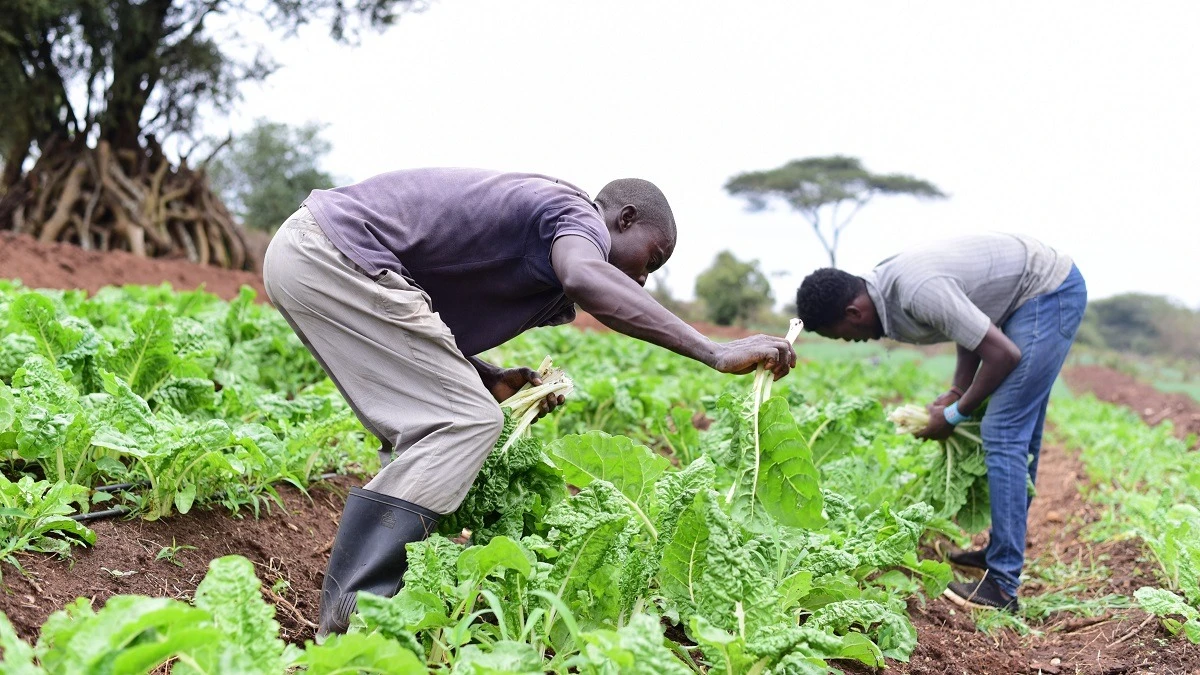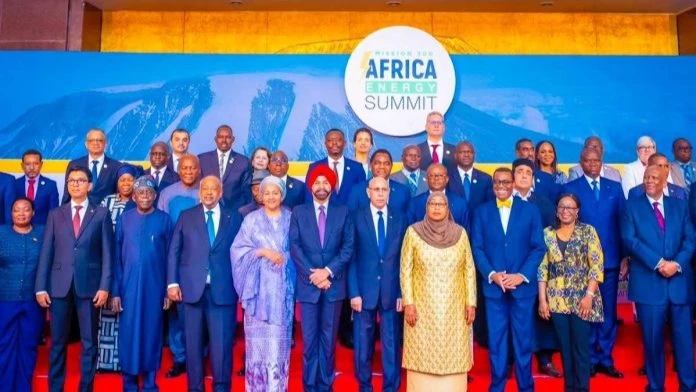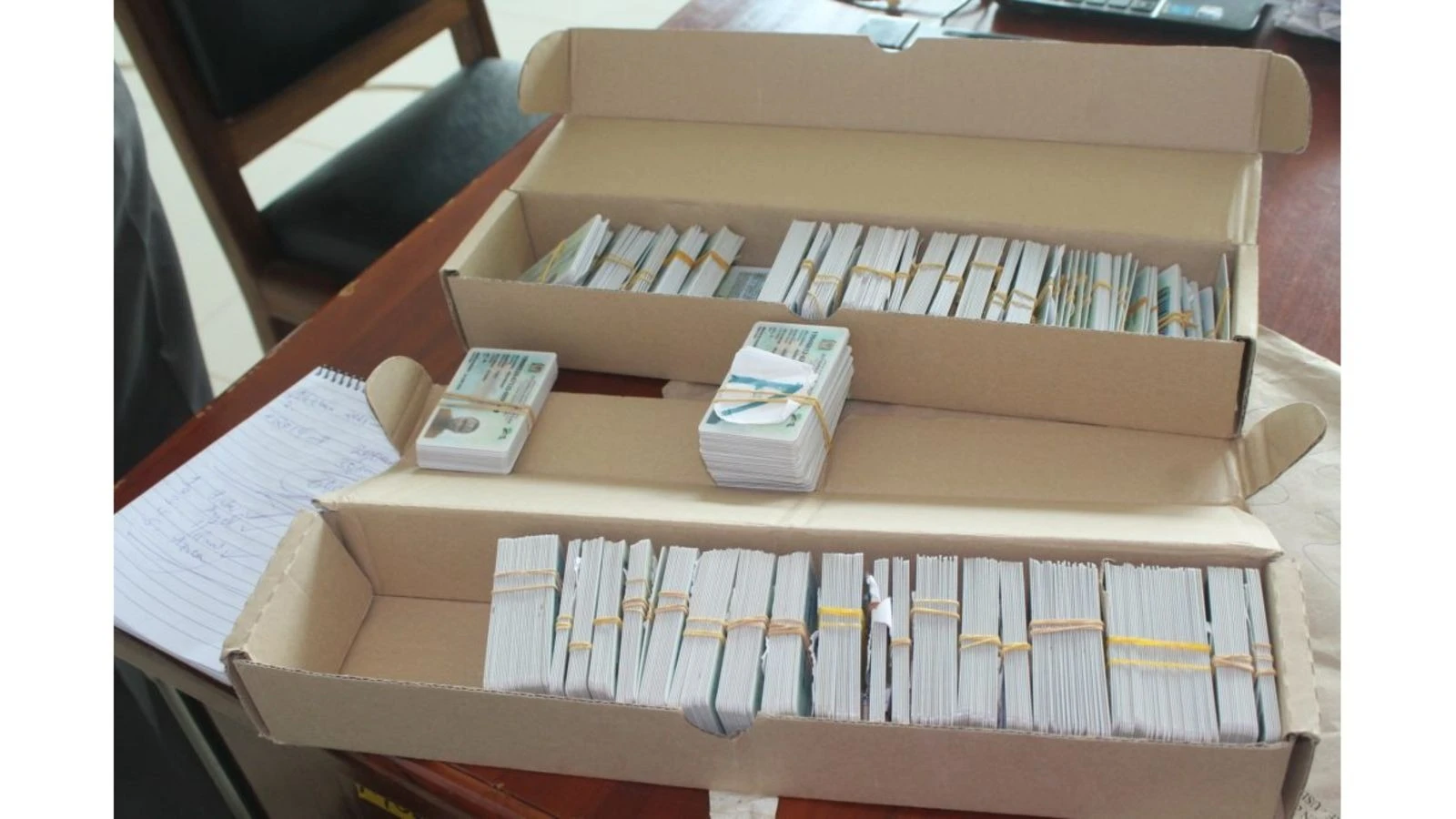Revised trade policy has to include agro-sector transits

JUST how trade facilitators can effectively apply the just-released blueprint of sorts is a subject for brainstorming among all officials and organisations concerned.
It is also debatable if the tabling of the revised National Trade Policy in the country’s legislature will actually propel value increase for local products, as the government says this is vital in improving the competitiveness of Tanzanian products in regional and global markets.
The wider reason for this push is the thrust for exports in order to diminish the creeping foreign exchange shortage that has persisted for a year.
A challenge relating to this motive is that it is a supply side situation that also requires optimal or suboptimal resource investments, and that is not how it is supposed to work.
A situation where a stakeholder is expected to invest resources in a specific business orientation does not need a blueprint, just the rollout of opportunity, the most important of which is cutting down non-tariff trade barriers as is now the case in grain trade especially maize.
The other factor is reducing taxes, with a view to lowering the cost of initiating such business –including exports.
The government issued these instructions at the recent launch of the revised policy setting before a diverse audience of diplomats, cabinet ministers, top government officials and trade sector stakeholders.
The remarks were chiefly directed at government officials, who one could safely say they are mostly hamstrung by decisions that don’t belong to trade facilitators, like obtaining a permit to buy grain in local markets or by a dealer network.
Businesses have piled up complaints over the number of taxes they have to comply with at each stage of business, with some border officials having reached the extent of going on strike.
It was at the Namanga border post, arguably the most sensitive of the country’s one-stop border posts as policy designers make them out and then tax collectors make it a multiple step post where everything is checked separately.
It is thus evident that even the idea of having a new policy is hard to actually accommodate in the current trade mood where crop trade at a market environment rather than trade agencies is effectively proscribed. Tanzania is trying one way advantage where it hinders others to buy gain while it sells industrial goods.
One problem with this trade outlook is that it distinguishes between the benefits of traders and benefits of the country, whereas the market formula is that benefits of the country is merely the sum total of individual traders’ benefits.
But the government is unable to observe a level playing field with individuals when it comes to grain prices in urban areas, and then as regards optimal taxation of all businesses – including for that matter export oriented trade.
The idea of a new policy asking producers to check on the quality and develop regional networks to obtain markets, outside freedom of trade in sugar, maize, etc., doesn’t look rosy.
The whole idea of a trade uplift is conditioned on the basic stratagem the state is taking, whether it frees up markets and builds confidence among investors to put up vaster cash into this or that sphere, or it hesitates, cramps the market and shuts out potential investments.
When maize is freely sold, the government can buy as much as it wants for the national grain reserve, and subsidize retail prices if exports affect it. The following year there will be a heavier crop as well as the next, and buyers will start to accommodate slightly higher prices.
Sugar belongs to that sphere, that a short-term shock opens the gate for higher investments.\
Top Headlines
© 2025 IPPMEDIA.COM. ALL RIGHTS RESERVED

















